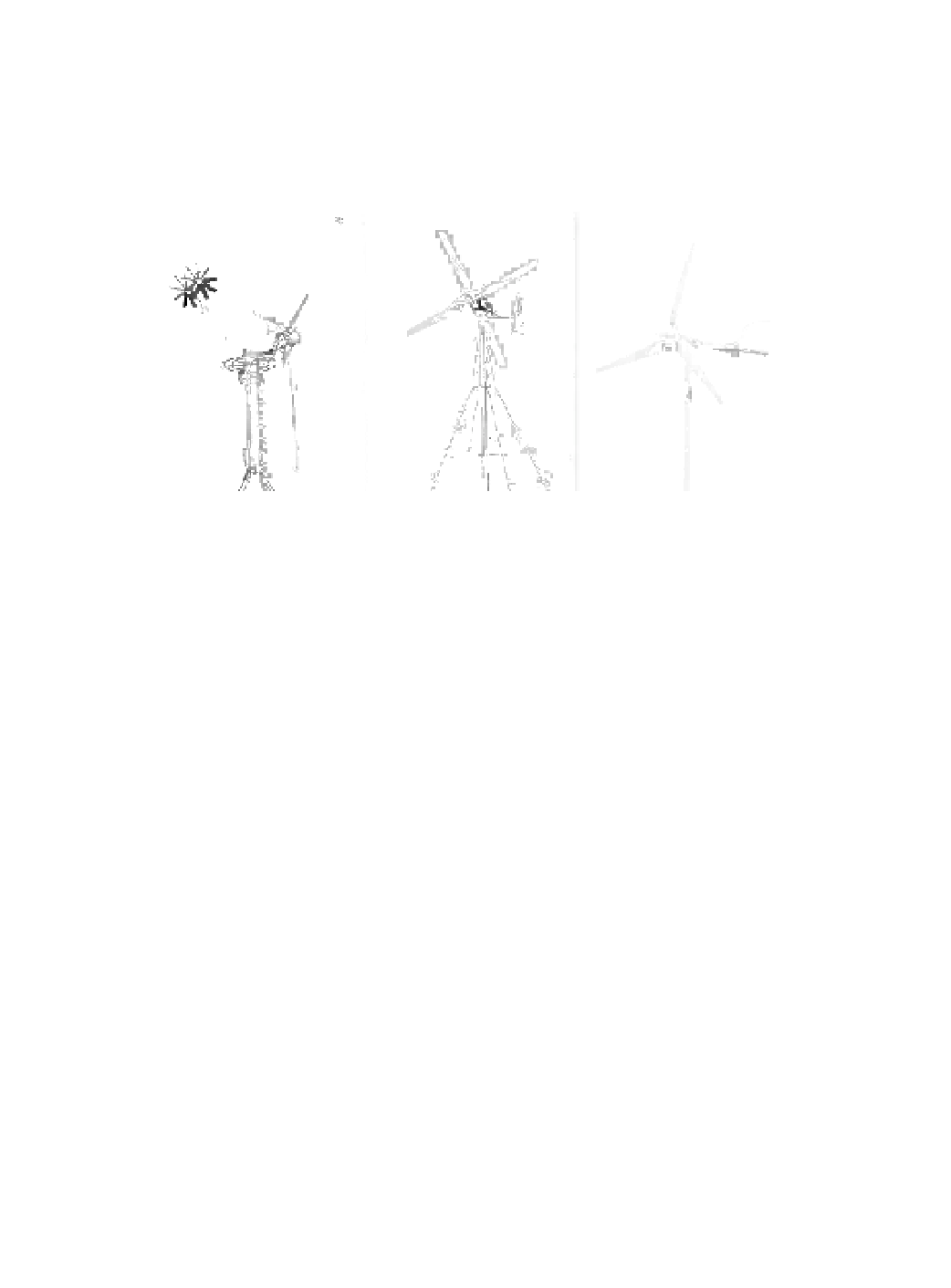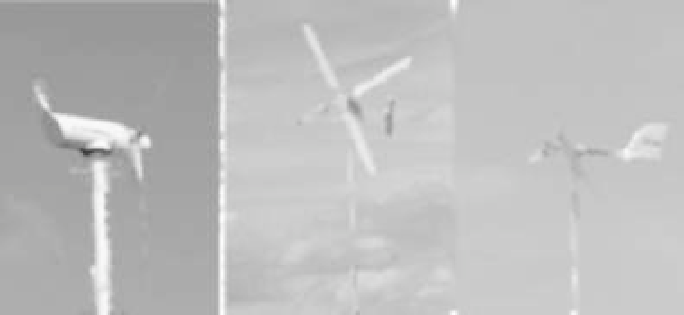Environmental Engineering Reference
In-Depth Information
15.3.1
Danish Legal Framework of Household
Renewable Energy Supply
With the new law from June 2010,
the Danish parliament decided
that single household should be allowed to have self-supply of
electricity using renewable energy sources.
3
Figure 15.4
Examples of small-scale wind turbines.
The main background of the law was family self-supply for the
rural population as compensation to obtain energy services at costs
similar to urban residents that are supplied by cheap and efficient
CHP and district heating (70% of population). Small power supply
is defined as maximum 6 kW output and this rule applies to wind,
solar, hydrogen and biomass as single source of supply or with a
combined capacity of max 6 kW. Installations larger than 6 kW
are considered as production units. In self-supply installations
(wind turbines up to 6 kW) the user is also the owner—home
power producer owns his wind turbine just like he owns his car or
swimming pool.
Net-metering means that electricity purchase meter runs
backwards. In this way autonomous power production from solar or
wind energy has the value of power purchase prices, inclusive taxes
and VAT. The right to connect to the grid and to deliver power from
the household to the grid according to the net-metering principle
means that every kWh produced has the value of 0.28 EUR/kWh.
Excessive power is remunerated by the company responsible for
the grid at 0.08 EUR/kWh for a 10-year period.
3
On 4 June 2010 the Danish parliament passed net-metering legislation that
applied to small power supply (less than 6 kW).


Search WWH ::

Custom Search